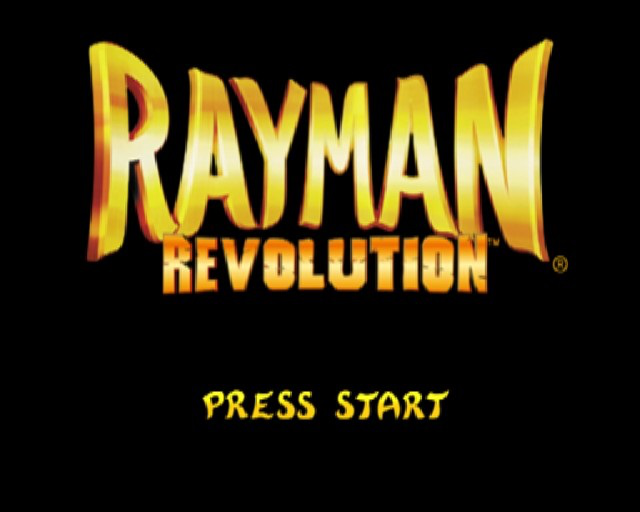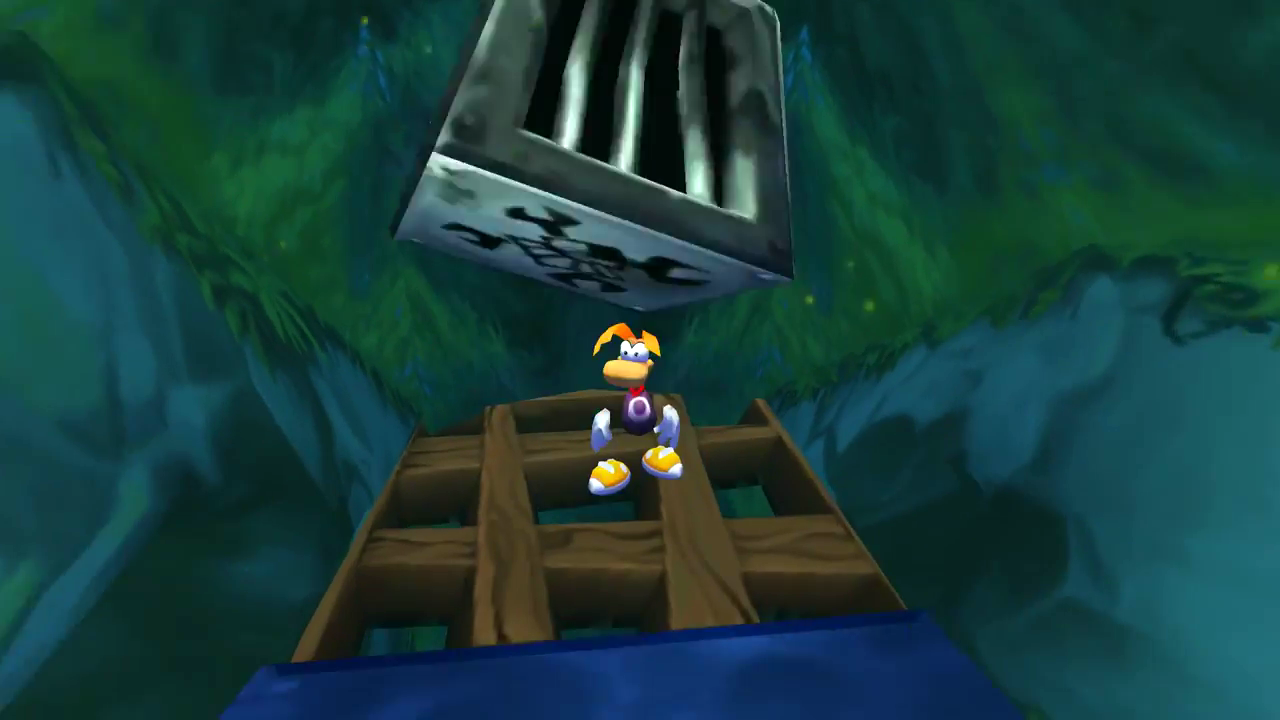



There are other, more negligible differences between the two, but at its core, Revolution is still Rayman 2. The introduction of the overworlds seems to be an attempt to create a more cohesive world for Rayman, though some may find them cumbersome and unnecessary, as they're only slightly more functional than the original selection method, and they may prove to be confusing and difficult to navigate. The simple level-selection menu has been scrapped in favor of a handful of overworlds used to access the different levels. The levels are primarily the same, though their order is modified slightly, and a few new but less than noteworthy stages are thrown into the mix as well. The story is the same: The evil Admiral Razorbeard and his army of robotic brigands have taken over the planet, enslaving all of its inhabitants and leaving Rayman to scour the earth, collect the scattered pieces of the Primordial Core, summon the powerful Polokus, and rid the world of the dastardly robo-pirates. Rayman 2 Revolution could just as easily have been titled Rayman 2 Remix, as that just about sums up any disparity between Revolution and The Great Escape. It would seem reasonable to think that old software being rehashed, again, on a new system simply wouldn't be able to compete with the hottest new games coming out for the hottest new console-this would likely be the case, were it nearly any game but Rayman. A year, some change, and a new console mark the return of the faux-French limbless protagonist in Rayman 2 Revolution. The game was not only one of the best of its genre, but it was also one of the best of that year, and through its subsequent release on every console conceivable, it was one of the best of 2000 as well. In late 1999, Rayman 2: The Great Escape hit the PC and console markets, bringing clever design, varied gameplay, and some of the freshest ideas seen in a 3D platformer.


 0 kommentar(er)
0 kommentar(er)
